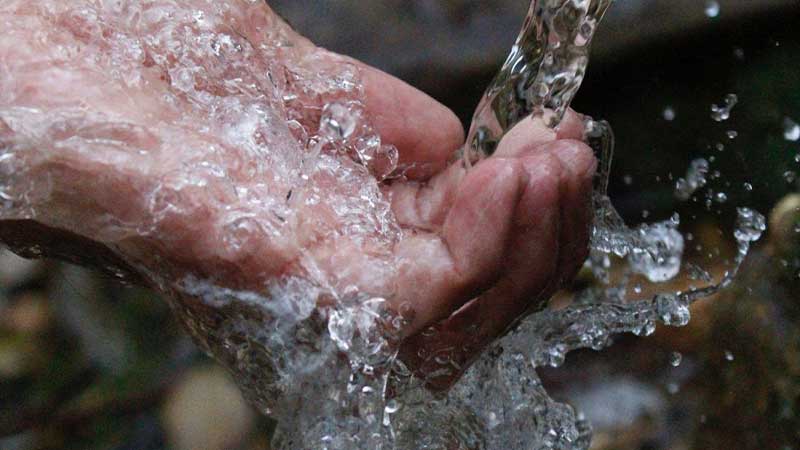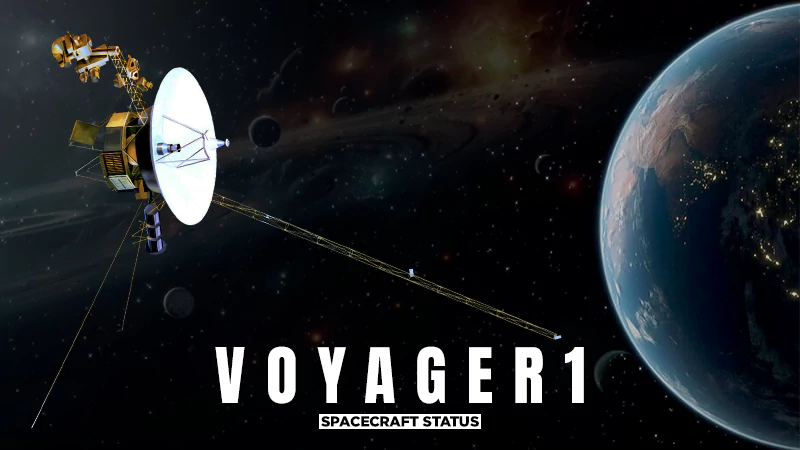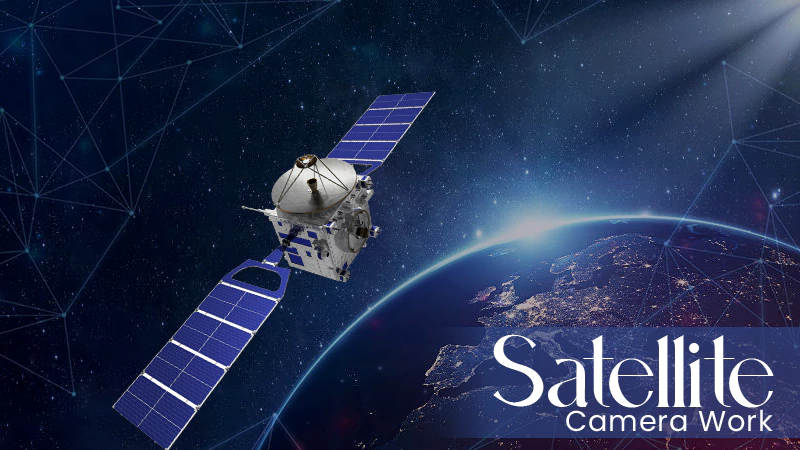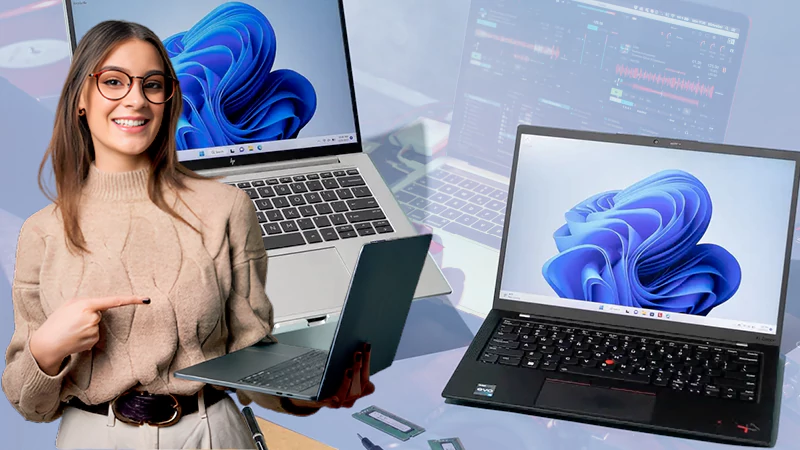Manufacturing plants often need to move items up, while others need to move items down. So how will they do it? Here in this blog, I have discussed Plasma Cutting machines, the essential components of a Plasma cutting machine, the advantages and disadvantages associated with using a Plasma Cutting Machine, and how it works.
About— Plasma Cutting Machine
In physical science, we have heard about having three forms of matter— a solid, a liquid, and a gas. Here, I will introduce you to the 4th form of matter— Plasma. Plasma is the fourth state of matter. For example, a Plasma cutting machine is a popular tool for metal cutting and automotive processing. With a Plasma Cutting Machine, you can quickly and accurately cut the metal sheet.
Matter changes its state from one to the other by introducing energy, such as heat. Increasing the heat level will change from a liquid to a gas (steam). If the heat levels rise again, the gasses that make up the steam will become ionized and electrically conductive, called Plasma. A plasma cutter will use this electrically conductive gas to transfer energy from a power supply to any conductive material, resulting in a cleaner, faster cutting process than oxy fuel.
A plasma cutting machine is a unique tool used to cut metal in many ways. So whether you want to cut metal sheets into different shapes or specific designs, a Plasma cutting machine will help you to do it.
Essential Components of Plasma Cutting Machine
To better understand plasma cutting and how a plasma arc works, it is crucial to know the four major components of every plasma cutting system: CNC Control, Mechanical parts, gas console, and Torch.
CNC Control
Computer Numerical Control (CNC) is a program that helps the Plasma Cutting Machine cut matter during manufacturing with pre-programmed computer software tools or cutting head paths. With CNC, you will get accurate and precise instructions regarding when and how to use the Plasma Cutting Machine. In earlier days, when CNC didn’t exist, people used hand wheels, levers, or mechanical cams that followed a fabricated pattern during machining and cutting.
Mechanical Parts
Each machine must have moving parts, such as the frame and the torch bracket, and the Z-axis helps to control and move the plasma torch to produce the required cutting parts.
Power Supply
The power Supply is a constant current DC power source that helps to control the circuit for adequately sequencing the entire plasma system. With a power supply, you can hold the cooling system for the Torch.
The Torch
The Torch is an essential component of the plasma cutting system. It helps to hold all consumables and acts as the actual generator of the plasma arc.
Plasma Cutting Machine— Advantages and Disadvantages
Advantages
- Provide a slight risk of changing the shape of the metal, known as distortion, while cutting the plates
- It provides accurate and Precise cutting
- You will not get any Slages when cutting with aluminum, stainless steel, and carbon steel plates
- It is best suited to cut medium-thickness stainless steel and aluminum
- Provides low consumable costs as well as low Fume when cutting in air
- It works across many types of metals but is ideal for sheet materials
Disadvantages
Some disadvantages of Plasma Cutting Machines are:
- It cannot cut plates having a thickness of more than 50 mm plate
- produces noise while cutting thick sections of the plates
- It needs electricity to work and doesn’t come wholly portable
- cutting cost increases for very thick steel or plates
How Does Plasma Cutting Machine Work?
The procedures for Plasma Cutting Machine are as follows.
- First, check the air pressure, which should be about 70 p.s.i.
- Now Attach the ground clamp to the metal which is about to be cut.
- Adjust the amperage to the desired measurements for the metal and metal thickness
- Now, position the shielding cut over the metal, press the ignition button, and establish the arc.
- I will recommend that you use a guide while making cuts. Consider using a guide bar if needed to help make a straighter cut. Avoid shielding the cup and constricting the nozzle on the metal unless you need it in this way.
- Use a slower travel speed for thicker metal.
- Move the cutter as quickly as possible.
- If using compressed air, make sure it is free of moisture. An air filter for the line can condition the air for improved Plasma arc-cutting quality.








